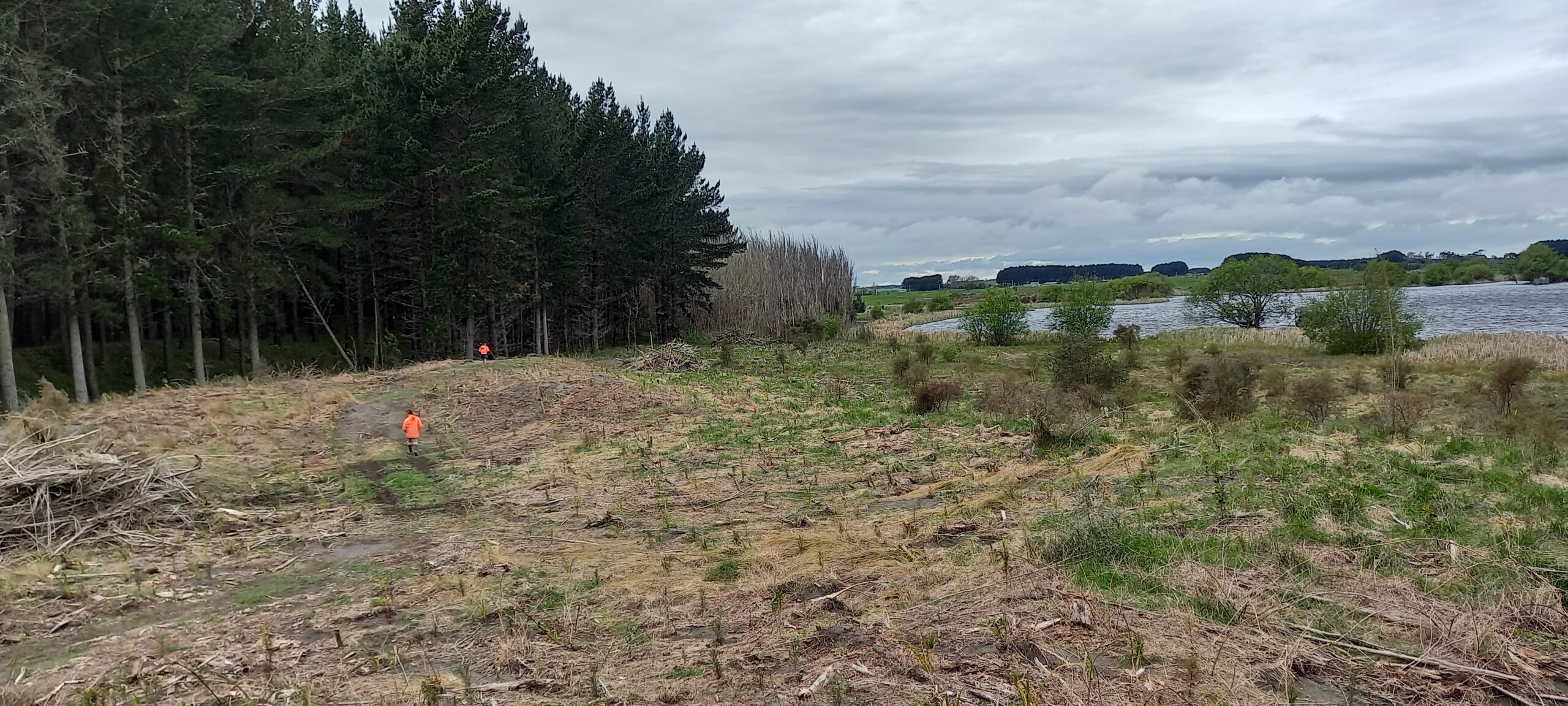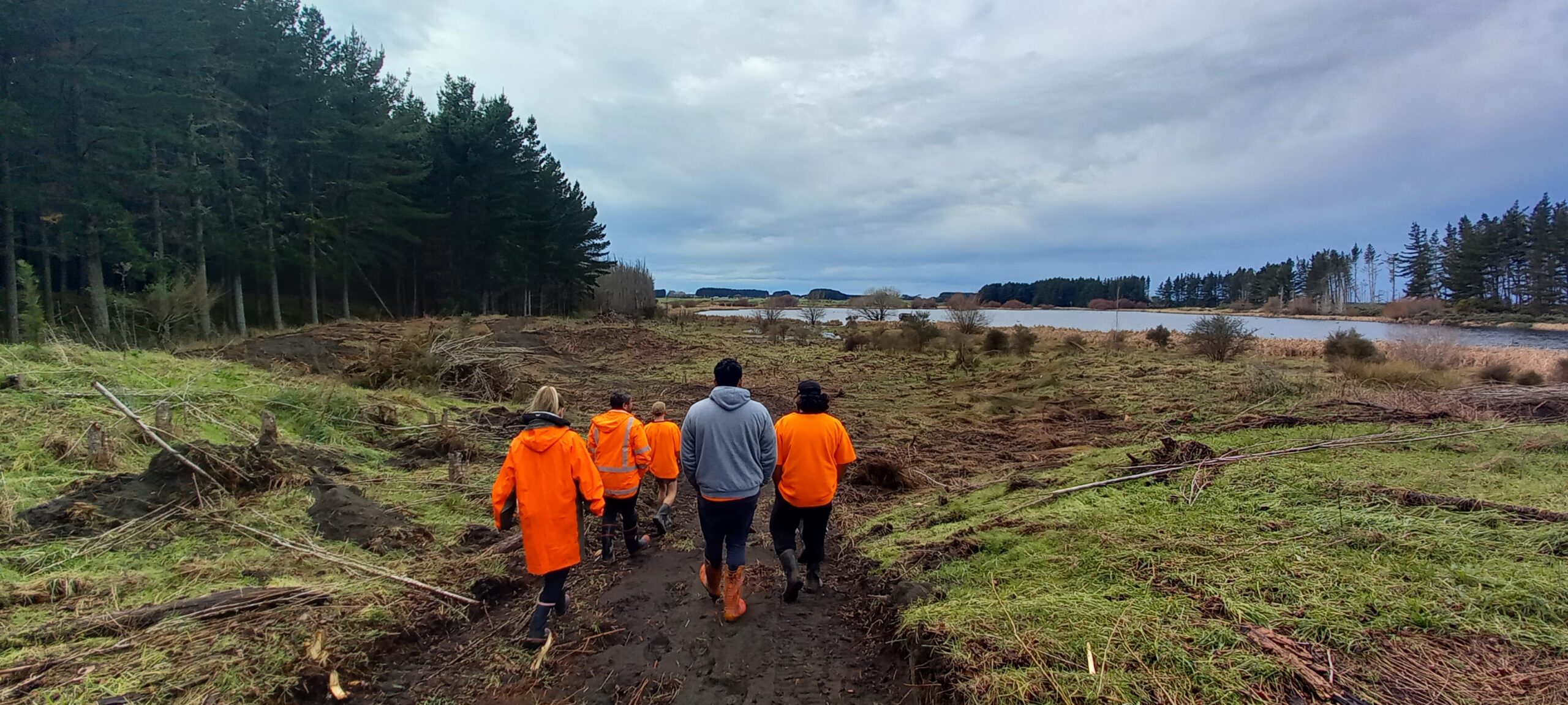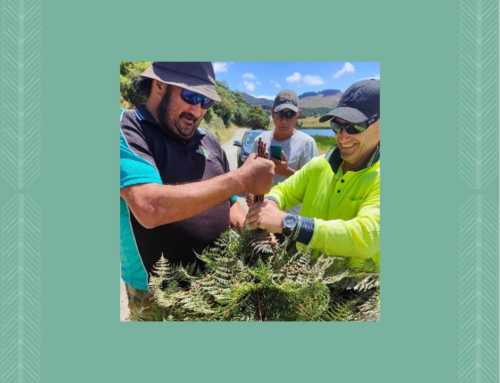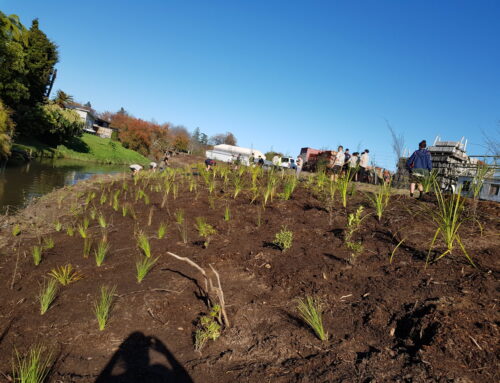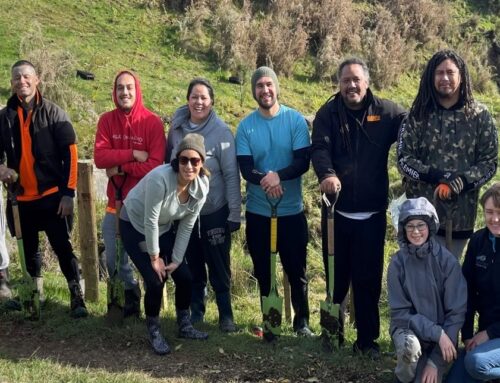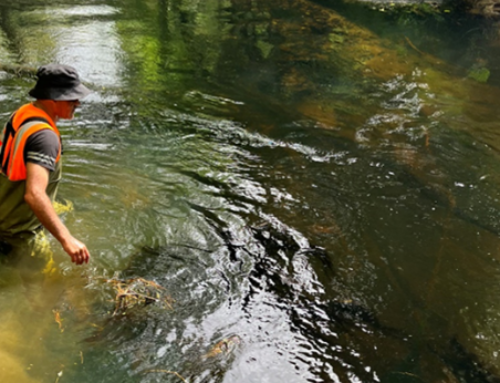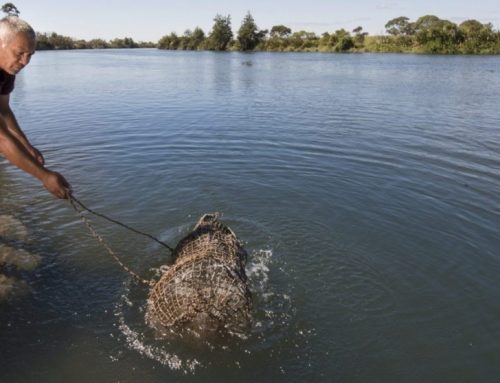About the project
Lake Koitiata is a dune lake within the Rangitīkei rohe where uri of Ngāti Apa and Ngā Wairiki are the mana whenua. It represents a unique remnant of ancestral landscape within the rohe, which was once part of a large, interconnected network of tributaries, swamps and lagoons that connected te wai Māori with te moana. A once treasured source of kai for tūpuna, this project helped inform the greater aspirations of Ngāti Apa and Ngā Wairiki whānau in caring for the roto.
Te Rūnanga o Ngā Wairiki Ngāti Apa (TRoNWNA) led this project funded by Te Wai Māori, working alongside the hapū of Ngā Ariki to gather mātauranga connected with Lake Koitiata. The rangahau helped to inform the development of a plan and funding strategy for hapū-led kaitiakitanga.
Progress to date
An initial wānanga identified key domains important to whānau. These were, mahinga kai, access, connection, well-being/social/recreation, governance, catchment-wide matters, and diversity of species.
A second wānanga was impacted by COVID, resulting in kōrero being gathered from whānau via technology to identify three domains to focus on as the first step of the hapū-based plan. The three key domains identified in collaboration with te roopu taiao were access, mahinga kai and diversity.
Rangahau was also gathered through kōrero tuku iho, archive records, map analysis and existing monitoring records for Lake Koitiata. This was brought together to help create a framework for what our ancestral landscape looked like.
Next steps
The next step for hapū and the roopu taiao is to focus on improving access to the lake and creating a diverse habitat that supports mahinga kai that tūpuna thrived on. This project has given the rōpu a chance to identify what is most important to whānau in terms of Lake Koitiata and a glimpse of what was there in the times of their tūpuna. It has led to te roopu taiao starting restoration mahi that includes removal of weed species and replacing with taonga species across nearly six hectares of whenua surrounding the lake. Planning is underway to develop track access for uri and survey mahi on mahinga kai species.


